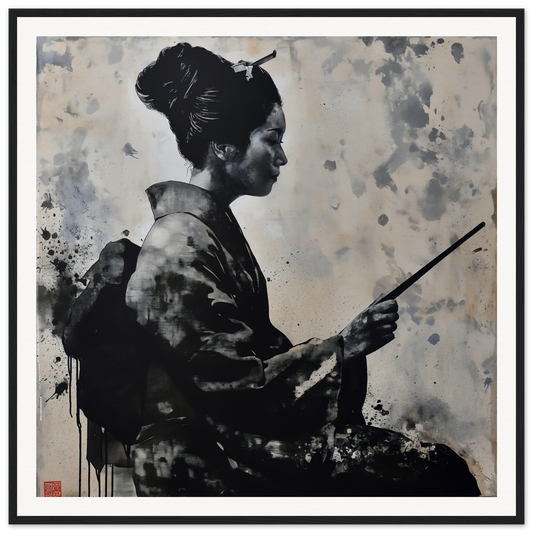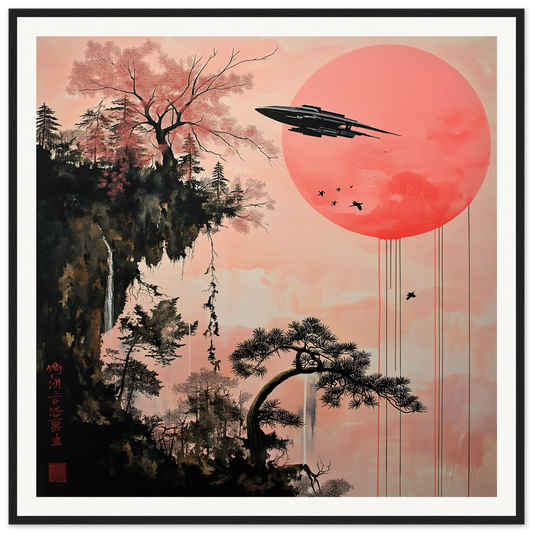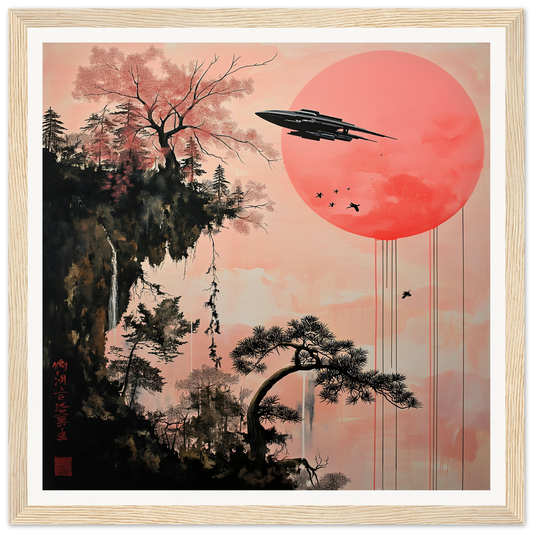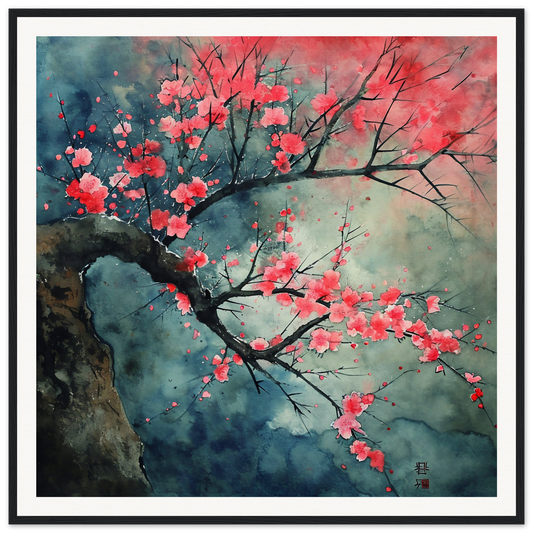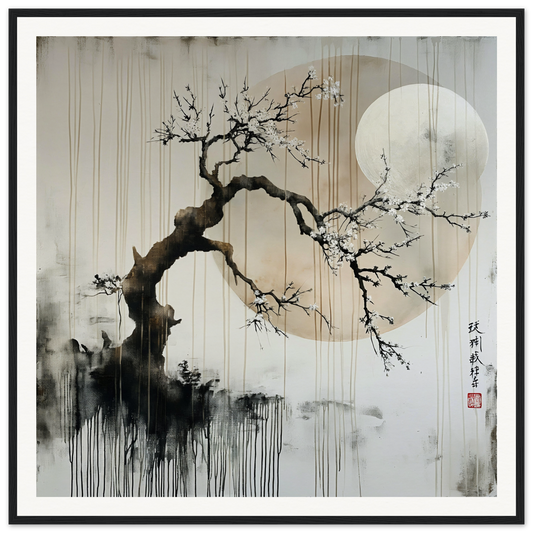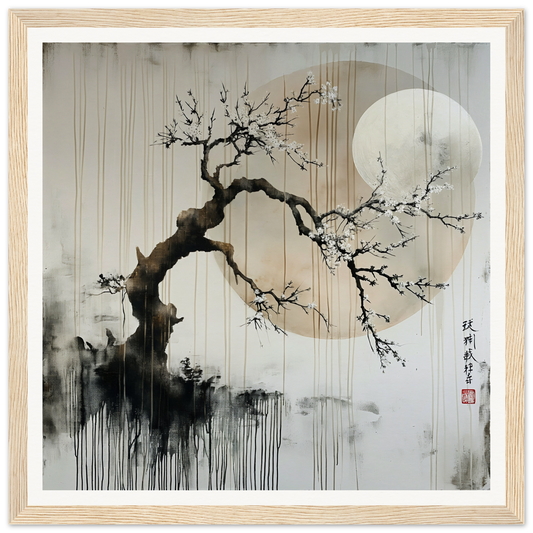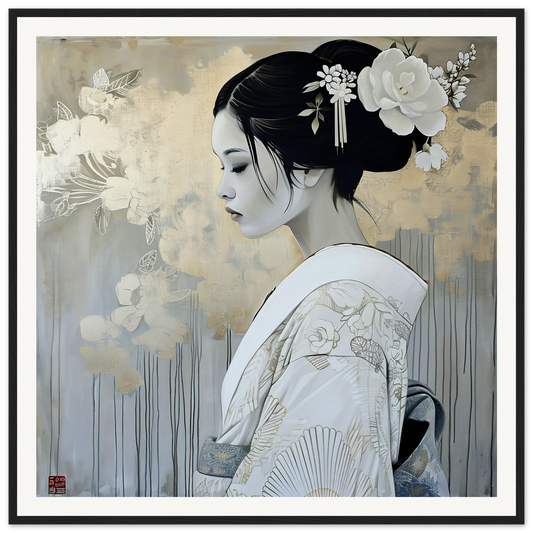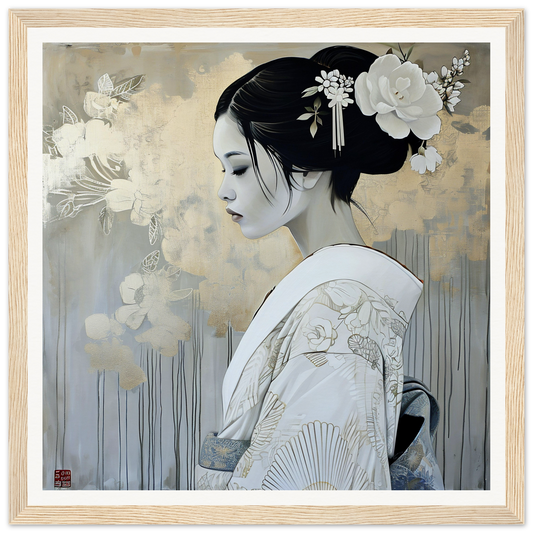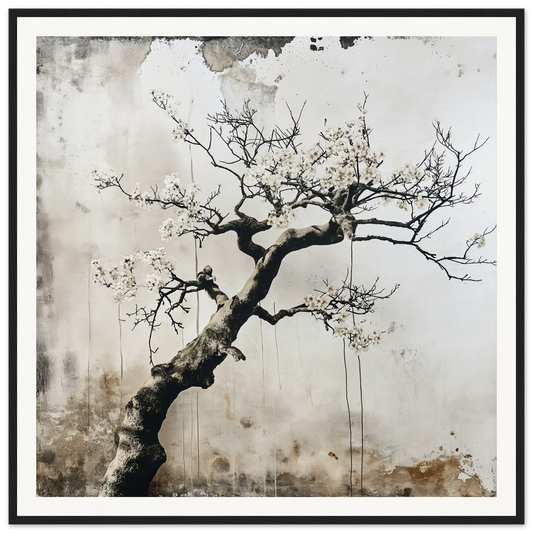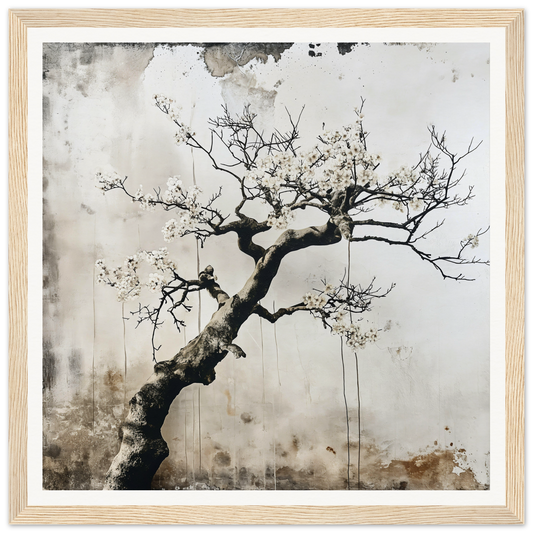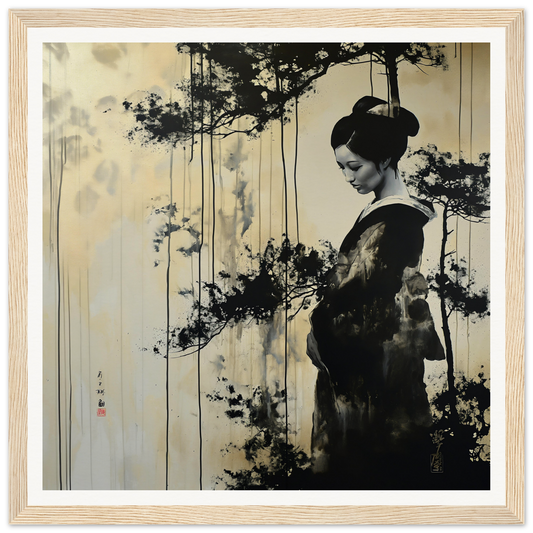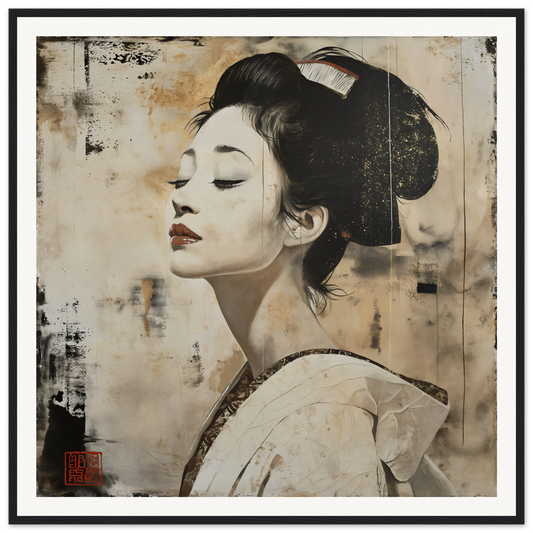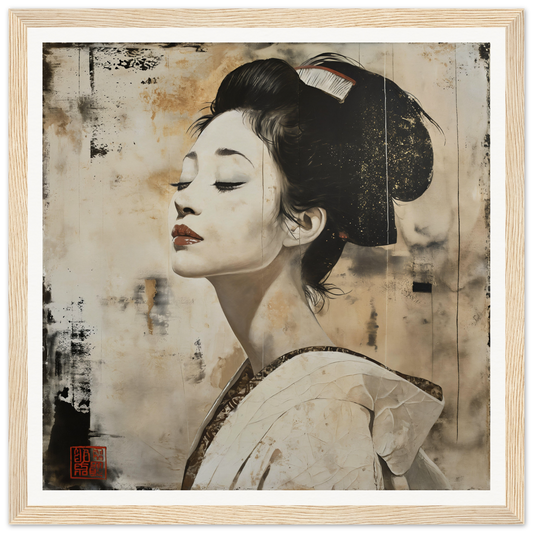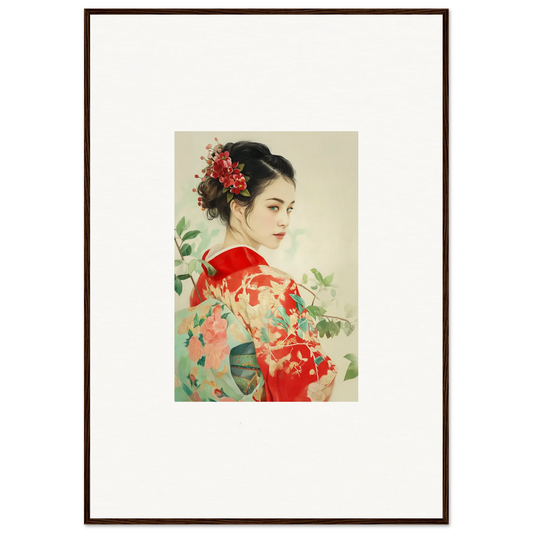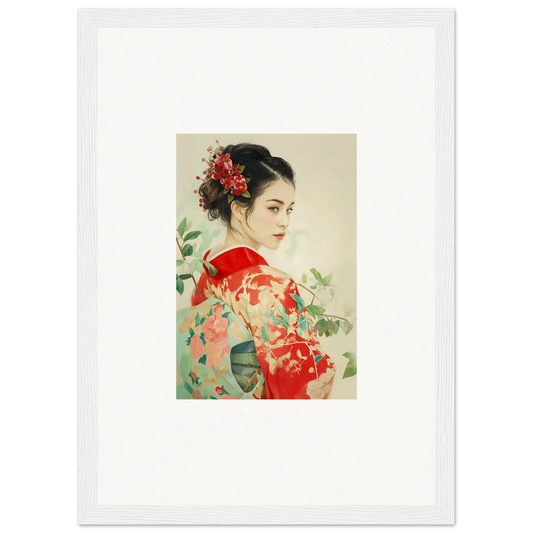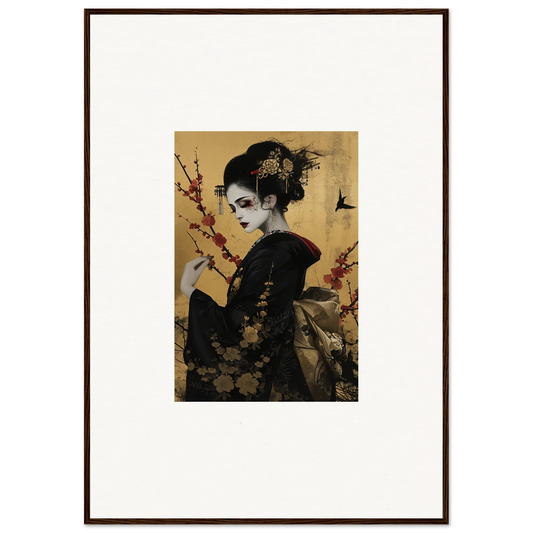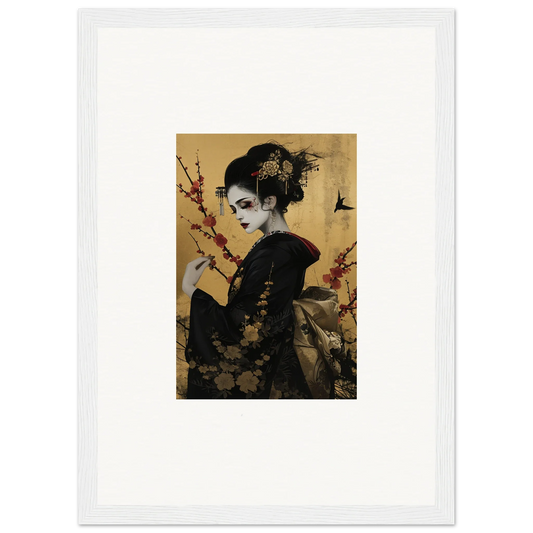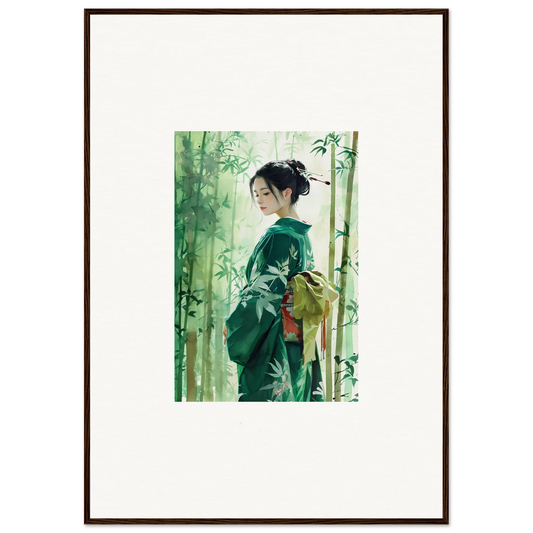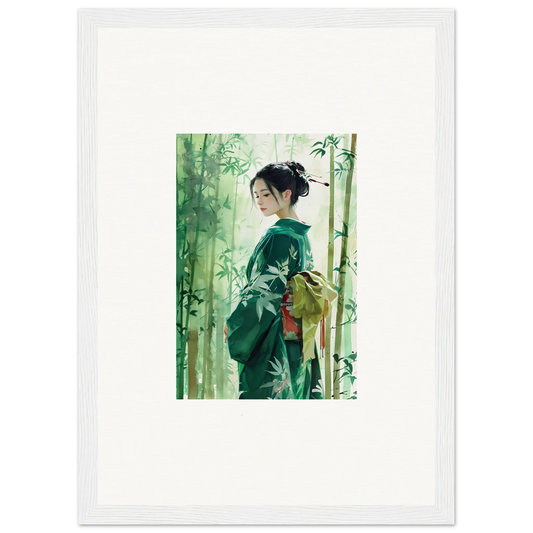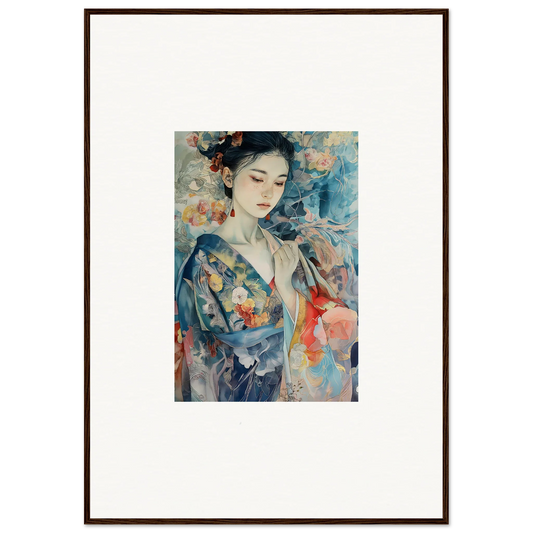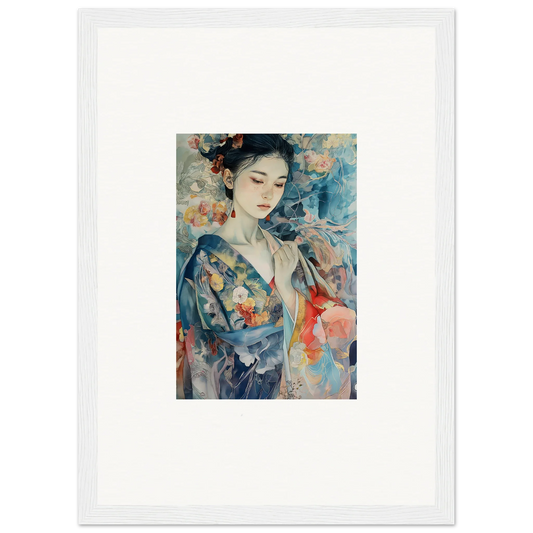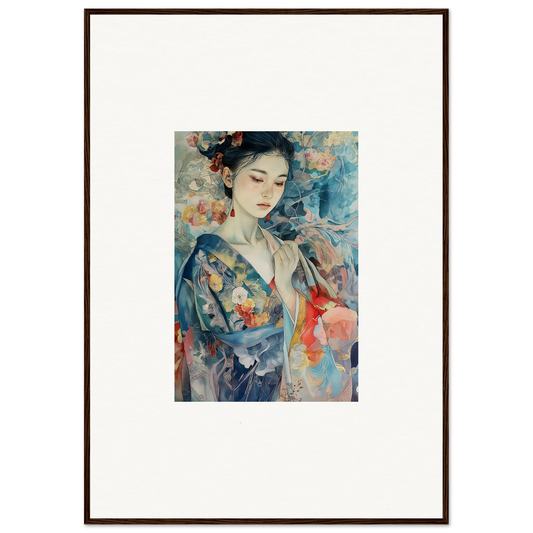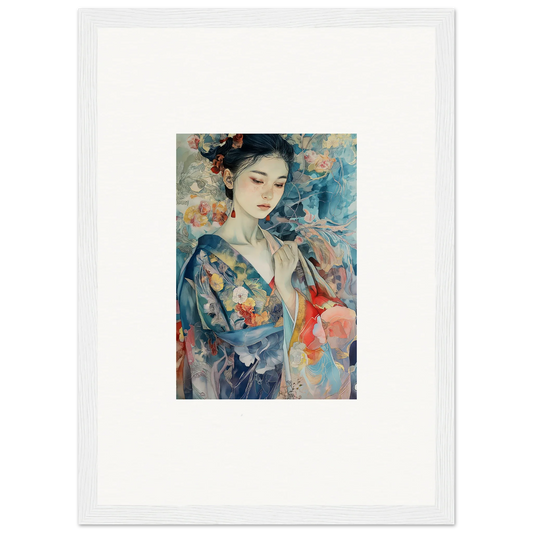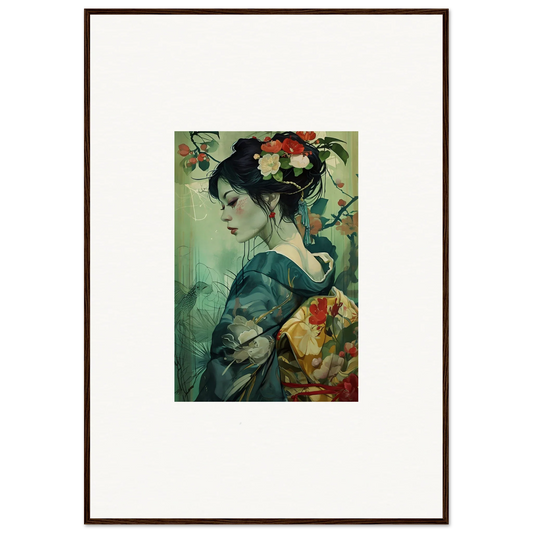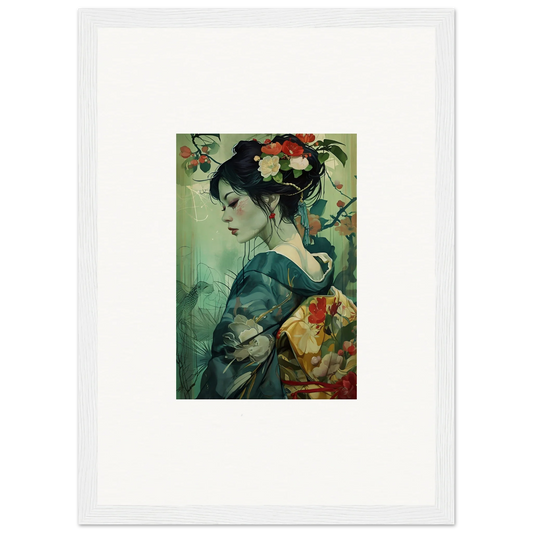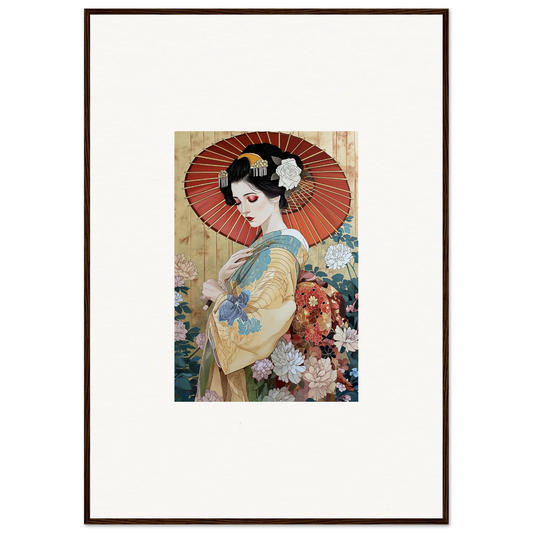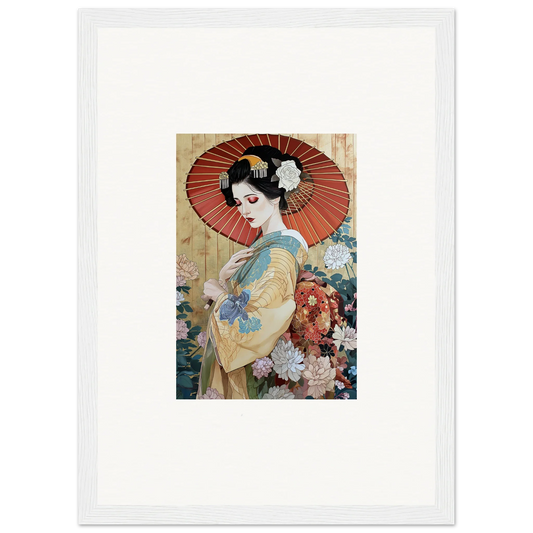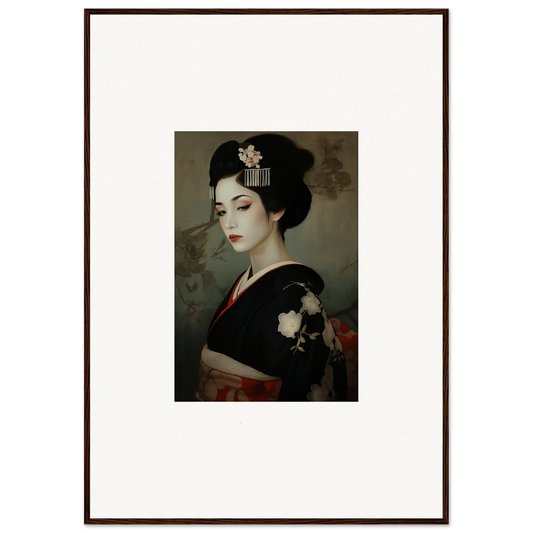
Philosophical Reflections on Sustainable Fashion
Share
The Threads of Existence: Weaving a Sustainable Philosophy into Fashion
The shimmering allure of fashion – a tapestry woven with threads of desire, identity, and cultural narrative – often obscures a darker, more problematic reality.
The fast-fashion machine, a relentless engine of consumption and obsolescence, has created a system that is both environmentally devastating and morally questionable. Beyond the trending styles and fleeting fancies, lies a deeper philosophical question: how do we reconcile our desire for beauty and self-expression with the urgent need for ecological and social responsibility? This isn't just about choosing "eco-friendly" fabrics; it’s about reconsidering our relationship with clothing, with the planet, and with each other. We must move beyond the superficial and explore the deeper ethical underpinnings that must shape the future of how we adorn ourselves.
The Paradox of Progress: Fashion's Faustian Bargain
The rise of fast fashion, fueled by an insatiable appetite for novelty, parallels a familiar narrative in human history: the Faustian bargain. We’ve traded long-term well-being for the temporary high of inexpensive trends.
The textile industry, one of the world's most polluting sectors, contributes significantly to greenhouse gas emissions, water pollution, and deforestation. Consider the sheer volume of discarded clothing—mountains of synthetic fabric destined for landfills, silently leaching toxins into the soil and water, a modern day echo of the Midas Touch. This material waste, as well as the human cost of exploitative labor practices, is a harsh critique of a society that prioritizes fleeting gratification over long-term sustainability.
Have we become so enmeshed in the cycle of consumerism that we have become disconnected from the tangible origins of our most intimate necessities?
Beyond the Aesthetics: The Ethics of Adornment
Clothing, after all, is more than just fabric. It’s a cultural signifier, a form of self-expression, and, historically, a reflection of social standing. But in the era of mass production, we've lost the connection to the human hands that created our garments.
The question we must now confront is this: can we re-imagine fashion as a form of ethical adornment?
Can we move from a culture of passive consumption to a practice of conscious choosing?
This demands a shift from mindless acquisition to mindful appreciation, where the story behind the garment, the labor involved, and the environmental impact all take precedence. The "slow fashion" movement,
with its emphasis on handcrafted, durable, and ethically produced goods, offers a powerful antidote to the vapidity of fast fashion, inviting us to engage with clothes as objects of value and not just items for disposable consumption.
The Slow Fashion Movement: A Counter-Narrative
The slow fashion movement encourages a deeper appreciation for the craft of clothing, emphasizing the value of artisan-made garments and ethical sourcing practices. It is an intentional movement that challenges the fast fashion model, seeking alternatives that are both eco-friendly and more respectful of human labor.
The Circular Economy: Reimagining the Life Cycle of Clothing
The linear "take-make-dispose" model of the fashion industry is not only unsustainable, it’s also, from a systems perspective, a flawed design. A circular economy, however, presents a far more intelligent and ultimately regenerative alternative. Inspired by the elegance of natural ecosystems, a circular model aims to eliminate waste, using materials responsibly in closed-loop systems. From innovative techniques such as upcycling discarded textiles, to designing clothing for longevity and reuse, the philosophy of circularity calls for a radical reimagining of how we create, consume, and dispose of our clothes.
Consider the philosophical implications: rather than treating objects as ephemeral commodities, we are now embracing a worldview in which resources are precious, and waste is an error in design. This reflects a deeper understanding of our interconnectedness with the natural world.
Circular Economy Practices: Reducing Waste
Embracing a circular economy includes practices like textile recycling, creating zero-waste fashion, and utilizing upcycled clothing to minimize the negative environmental impact of the fashion industry. This shift towards a closed-loop system is vital for achieving long-term sustainability.
Fashion as a Form of Resistance: A Call for Mindful Consumption
Ultimately, the move towards sustainable fashion is not just an environmental issue, it is a philosophical act of resistance. It's a conscious rejection of a hyper-consumerist culture that prioritizes quantity over quality, novelty over durability, and individual pleasure over collective well-being. When we choose garments made with integrity, using sustainable materials and ethical labor practices, we are casting a vote for a more just, and more beautiful, world.
This is more than just personal preference; it's a manifestation of our values, a declaration that our clothing can be a form of ethical expression.
As we become more aware of the threads of our existence – the literal and metaphorical threads that connect us to the natural world, to the artisans that made our clothes, and to the implications of our actions – we reclaim the power of conscious choice.
Conclusion: Dressing Our Values, Weaving Our Future
The future of fashion lies not in the relentless pursuit of trends but in the cultivation of a more mindful, ethical, and sustainable approach to dressing ourselves. It’s an invitation to rethink our relationships with our possessions, with each other, and with the planet we call home. It challenges us to see fashion as an act of intentionality – a powerful means to express not just our personal style but also our deepest values.
By embracing mindful consumption and demanding more from the industry, we can transform the way clothing is created and consumed. The threads we weave into our wardrobes have the potential to create a tapestry of a better, and more beautiful future.
